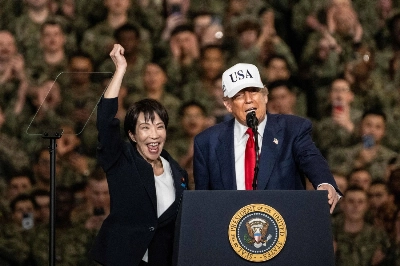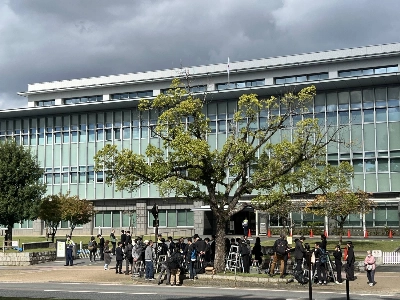With U.S. President Donald Trump's formal decision to withdraw from the long controversial American-led Trans-Pacific Partnership agreement, attention in the Asia-Pacific region is turning toward making renewed efforts to complete a separate multilateral trade agreement that excludes the U.S. — the Regional Comprehensive Economic Partnership.
RCEP is viewed by the U.S. and by many in Japan and other parts of Asia as an alternative to the TPP. It would be an agreement between the Association of Southeast Asian Nations, which comprises Brunei-Darussalam, Cambodia, Indonesia, Laos, Malaysia, Myanmar, the Philippines, Singapore, Thailand, Vietnam, and six other nations — Australia, China, India, Japan, South Korea and New Zealand — with which ASEAN has separate free trade agreements.
Together, RCEP members account for about half the world's population and around 30 percent of the world's gross domestic product. Let's take a closer look at the giant trade project.
















With your current subscription plan you can comment on stories. However, before writing your first comment, please create a display name in the Profile section of your subscriber account page.